Bilirubin Direct
(Specimen Container)
SST (Tiger Top)
Lithium Heparin/ Sodium Heparin/ EDTA
(Transport Temperature)
| Temperature | Period |
|---|---|
| Room temperature | 2 days |
| Refrigerated | 7 days |
| Frozen | 3 months (-80°C) |
Red blood cells at the end of their circulating life are broken down in the reticuloendothelial system, mainly the spleen. The resulting heme, once the iron is removed, is then converted to bilirubin. This process accounts for about 80% of the 500 μmol (300 mg) of bilirubin formed daily. Other sources of bilirubin include the breakdown of myoglobin and cytochromes and the catabolism of immature red blood cells in the bone marrow. Once formed, bilirubin is transported to the liver bound to albumin. This fraction of bilirubin is referred to as indirect or unconjugated bilirubin. In the liver, bilirubin is conjugated to glucuronic acid (mono- and diglucuronides) to form conjugated bilirubin by the enzyme uridyl diphosphate glucuronyl transferase. Conjugated bilirubin or direct bilirubin is excreted via the biliary system into the intestine, where it is metabolized by bacteria to a group of products known collectively as stercobilinogen. Elimination is almost complete and serum levels are normally negligible. Direct bilirubin is the sum of the conjugated fractions. Direct bilirubin is elevated in conditions causing hepatic obstruction, hepatitis, cirrhosis, several inherited enzyme deficiencies, and inherited defects in canalicular excretion.
0.0 – 0.4 mg/dL (0 Days – 14 Days)
0.0 – 0.5 mg/dL (14 Days – No Max Age Limit)

